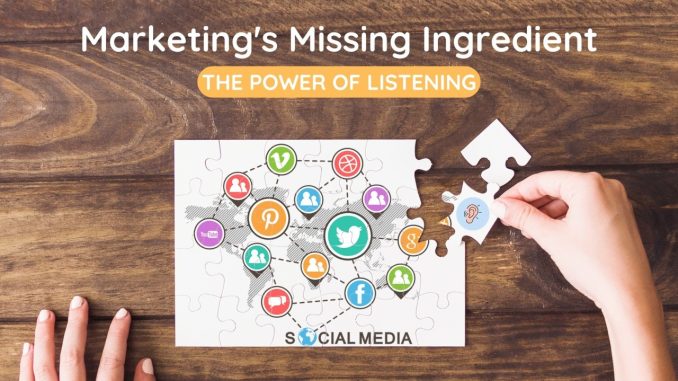
Listening is often framed as a passive act, something that happens while waiting for your turn to speak. But in business, listening is one of the most active and strategic skills you can cultivate—especially when it comes to understanding your market. The art of listening goes far beyond surveys and analytics. It’s about tuning into the nuances of customer behavior, the subtleties of feedback, and the signals that often go unnoticed. When businesses truly listen, they don’t just gather data—they gain insight. And that insight becomes the foundation for smarter decisions, deeper relationships, and more meaningful innovation.
Understanding your market begins with curiosity. It’s the willingness to ask not just what people are buying, but why they’re buying it, how they’re using it, and what they’re not saying. This kind of listening requires empathy and patience. It means stepping into the customer’s world, observing their routines, and paying attention to the friction points they may not articulate. A company that listens well doesn’t wait for complaints to surface—it anticipates them. It doesn’t just track trends—it understands the motivations behind them. This depth of understanding allows businesses to respond with relevance rather than react with assumptions.
One of the most powerful ways to listen is through conversation. Whether it’s a customer support call, a user interview, or a casual chat at an event, these interactions offer a window into real experiences. The key is to approach them without an agenda. Instead of steering the conversation toward validation, let it unfold naturally. Ask open-ended questions. Follow the thread of emotion. Listen not just for what’s said, but for what’s felt. These moments often reveal insights that no dashboard can capture. They expose unmet needs, unexpected use cases, and opportunities for differentiation.
Digital channels have expanded the ways businesses can listen, but they’ve also made it easier to confuse noise with signal. Social media, reviews, and forums are rich with feedback, but they require discernment. Not every comment is representative, and not every trend is meaningful. The art lies in identifying patterns, understanding context, and interpreting sentiment. A spike in negative reviews might point to a product flaw—or it might reflect a mismatch in expectations. A viral post might suggest market interest—or it might be a fleeting moment. Listening well means going beyond surface reactions and digging into the underlying dynamics.
Internal listening is just as important. Employees, frontline staff, and partners often have firsthand knowledge of the market that doesn’t make it into formal reports. They see what customers struggle with, what competitors are doing, and where processes break down. Creating channels for this feedback—whether through regular check-ins, anonymous suggestions, or cross-functional collaboration—can unlock valuable insights. It also reinforces a culture of openness and responsiveness. When people feel heard internally, they’re more likely to listen externally. That alignment strengthens the organization’s ability to adapt and evolve.
Listening also involves humility. It means accepting that your assumptions might be wrong, that your product might not be perfect, and that your strategy might need adjustment. This isn’t a weakness—it’s a strength. Businesses that listen with humility are more agile, more innovative, and more trusted. They don’t cling to outdated models—they refine them. They don’t dismiss criticism—they learn from it. This mindset creates a feedback loop where listening leads to learning, and learning leads to growth.
One compelling example of listening in action is how LEGO responded to declining sales in the early 2000s. Instead of doubling down on existing strategies, the company turned to its community. It engaged with fans, studied how children played, and invited input on new designs. This deep listening led to a revitalization of the brand, including the launch of LEGO Ideas, a platform where users could submit and vote on new sets. The result wasn’t just a turnaround in revenue—it was a renewed sense of relevance and connection. LEGO didn’t just hear its market—it understood it.
Technology can support the art of listening, but it can’t replace it. Algorithms can analyze sentiment, track engagement, and predict behavior, but they lack the nuance of human understanding. The most effective businesses combine data with dialogue, metrics with meaning. They use technology to amplify listening, not automate it. A chatbot might handle routine inquiries, but a human conversation can uncover deeper needs. A dashboard might highlight churn, but a follow-up call can reveal the reason. This blend of quantitative and qualitative insight is what makes listening truly powerful.
Ultimately, understanding your market is not a one-time effort—it’s an ongoing practice. It requires attention, intention, and adaptation. It’s about staying close to your customers, your team, and your environment. It’s about listening not just to validate your strategy, but to challenge it. And it’s about recognizing that the market is not a static entity—it’s a living conversation. When businesses master the art of listening, they don’t just hear—they respond. They don’t just follow—they lead. And in doing so, they build brands that are not only successful, but deeply connected to the people they serve.